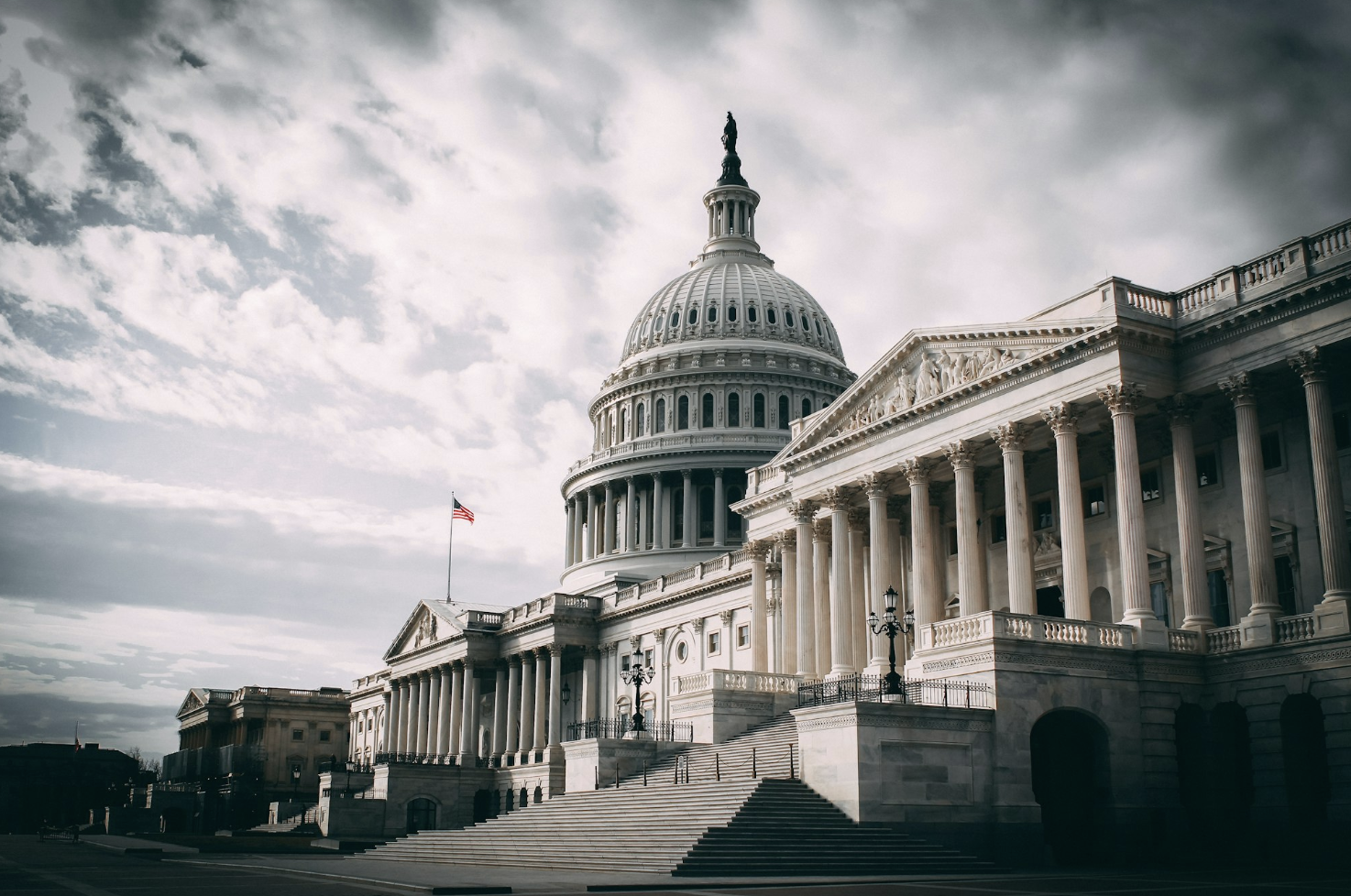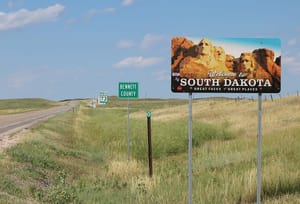PIERRE, S.D. – South Dakotans have a high degree of polarization between parties when it comes to their trust in government and public institutions, according to a new scientific poll co-sponsored by South Dakota News Watch.
“This is alarming from the standpoint of democratic consensus and can make policymaking at the institutional level and community-building at the grassroots level challenging,” said Julia Hellwege, University of South Dakota associate professor in political science and director of the Chiesman Center for Democracy, which co-sponsored the poll.
South Dakota News Watch invests in scientific polls to let elected leaders know how constituents think they're doing and also survey people's opinions on important issues. But a good poll isn't cheap, so if you value these stories, please consider helping cover the cost. Thank you!
ALL DONATIONS UP TO $1,000 ARE MATCHED THROUGH DEC. 31!
The latest statewide survey queried people about:
- Trust in the three branches of federal government: the presidency, Congress and federal courts
- Confidence in state government and its focus on pressing issues
- Trust in media and higher education
Mason-Dixon Polling and Strategy, ranked as one of the least biased and most factual pollsters, conducted the poll of 500 registered voters from all parties Oct. 16-19 using random selections from a telephone-matched state voter registration list that included both landline and cellphone numbers from across the state. Quotas were assigned to reflect voter registration by county. The margin for error is no more than plus or minus 4.5 percentage points.
Here are the results of that survey.
Federal executive branch
Voters in the poll across all parties are split on their confidence in the executive branch, with 50% saying they’re very or somewhat confident, and 48% saying they’re not too confident or not at all confident. Another 3% aren’t sure.
The executive branch of the federal government includes the president, vice-president and the heads of 15 key departments — called the Cabinet — who advise the president
Of the Republicans polled, 73% said they are very confident or somewhat confident in the executive branch, whereas 8% of Democrats said they are very or somewhat confident. Less than half of Independents (44%) are very confident or somewhat confident in the branch.
Takeaway: Independents acting as moderates
Jon Schaff, professor of political science at Northern State University in Aberdeen, pointed out that Independent voters are driving a lot of the lack of confidence in the executive branch. Among Independents, 52% said they were not too confident or not at all confident in the branch.
“Democrats, unsurprisingly, have no confidence, but Independent confidence is also low. One could read this as a vote of no confidence in the Trump administration by Independents,” Schaff said.
Independents are acting as moderates in the poll, which is different from poll results from April 2025 and October 2024, when the views of Independents were largely indistinguishable from that of Republicans, Hellwege said.
Takeaway: Republicans seeing internal rifts
The Chiesman Center for Democracy published the “South Dakota State of Democracy Report” in 2023, which included results from a Mason-Dixon poll of 500 voters in South Dakota conducted in 2021 and co-sponsored by News Watch.
Between 2021 and 2025, there was a reduction in voters who said they have no confidence in the executive branch (42% under former President Joe Biden and 36% under President Donald Trump).
Hellwege said it’s expected that voters in deeply red South Dakota would have fewer no-confidence positions toward the executive branch under a Republican president than a Democratic leader. However, in 2021, 9% of Democrats reported confidence in the executive branch but 15% of Republicans report no confidence under Trump.
“This is highly indicative of the internal rifts between the Trump administration and establishment Republicans,” Hellwege said.
Congress
When it comes to Congress, voters of all parties in the survey showed a largely even distribution among responses of somewhat confident, not too confident and not at all confident. Only 2% were very confident in the legislative branch of the federal government, which includes lawmakers in the House and Senate.
Among the parties, there was a similar divide with voters’ position on Congress as there was with the executive branch. A large portion (88%) of Democrats stated they are not too confident or not at all confident in Congress, whereas 53% of Republicans thought the same. As with the executive branch, Independents were moderates among the parties on Congress, with 67% saying they are not too confident or not at all confident in the body.
Takeaway: Low confidence but improvement
The low confidence among South Dakota’s voters aligns with historical polling showing Congress usually has low levels of confidence. However, fewer voters in this recent poll indicated no confidence in Congress from the 2021 poll. There was a drop from 41% in 2021 to 33% in this recent poll.
The historic lack of voter confidence is partly due to the nature of the branch, Hellwege said.

“Congress is designed to move slowly and require compromise. This is frustrating for the general public when it comes to public opinion assessment, but as an institution, it tends to be preferable. The psychology on this may appear confusing, but people have complex and sometimes contradictory thoughts,” she explained.
The low confidence South Dakota voters have toward Congress is just like “nationally where Congress is slightly more popular than malaria,” Schaff said.
The confidence levels among South Dakota voters are bolstered by the fact the state’s congressional delegation are Republicans: Sen. Mike Rounds, Sen. John Thune and Rep. Dusty Johnson. The Republican party is currently more popular in South Dakota, Schaff said, so these would support higher trust in Congress among South Dakota voters.
Takeaway: Far from South Dakota
Michael Card, emeritus professor of political science at the University of South Dakota, noted that northern counties east of the Missouri River had significantly less confidence in the federal government than counties west of the Missouri River, according to the poll. He speculated that the impact of the government shutdown on agriculture may be to blame.
“That’s a wild guess more than anything else. But it just struck me as those numbers are a little lower, significantly,” Card said.
The federal government will often have a lower confidence with South Dakota voters, Card said.
“They’re the furthest away. They’re the ones we have less direct contact with, they’re often doing something for us or not. If they’re not, they’re usually withholding money or doing things we don’t like. But we don’t have great amounts of direct contact with the federal government here (in South Dakota),” he said.
Federal courts
The judicial branch of the federal government — which includes district courts, appeals courts and the Supreme Court — had more confidence among polled voters than the executive and legislative branches. A little more than half (51%) said they are somewhat confident or very confident in the federal judicial branch.
Another 46% said they are not too confident or not at all confident in the courts, which falls just outside the margin of error. Card described this could be read as voters “leaning toward confidence” in the federal courts.
Confidence in the courts was lower among Democrats, with 63% saying they’re not too confident or not at all confident, compared to 38% among Republicans. Confidence in the courts among Independents fell between that of Democrats and Republicans, with 47% saying they are not too confident or not at all confident in the judicial branch.
Takeaway: Effects of controversial rulings
The results showed little difference from those in 2021.
“On one hand this is great to see such consistency. On the other hand, it’s somewhat interesting, given media and expert alarm bells sounding over some recent decisions,” Hellwege said.
Federal courts have made a number of rulings in the past year that were favorable to the Trump administration. These involved, among other things, birthright citizenship, withholding of federal foreign aid and transgender issues. Other rulings have gone against the administration's policies, including cases involving environmental policy rollbacks and tariffs.

Hellwege notes that the poll results show a partisan effect. Since many of these controversial rulings were related to the Trump presidency, it’s not surprising that we see nearly double the percent of Democrats indicating no confidence in the courts than were seen in 2021, she said.
Schaff said the lack of confidence in the courts was a surprise. While it’s not as deep as that with other branches, which is typical, the no-confidence positions appeared high.
“As both sides have reasons to have seen increased distrust in the courts over the last few years, perhaps we shouldn't be surprised. Democrats are more distrustful, perhaps reflecting the conservative shift in the Supreme Court after” the first Trump administration, Schaff said.
Takeaway: Comparison to national polls
On a national level, there are trends toward distrust in the federal government.
A Gallup poll released earlier this month found that 41% of adults surveyed have a great deal or fair amount of trust in the executive branch. For the legislative branch, 32% of adults have a great deal or fair amount of trust, and for the judicial branch, 49% have a great deal or fair amount of trust.

In each of the branches of government, there was a substantial decline in trust over the past 20 years. Trust in the executive branch was at 65% in 2000, according to the Gallup poll, and trust in Congress in 2000 was at 68%. The judicial branch saw a decline from 75% in the same time period.
The Gallup poll was based on telephone interviews conducted by ReconMR Sept. 2-16, with a random sample of 1,000 adults, aged 18 and older, living in all 50 U.S. states and the District of Columbia. For results based on the total sample of national adults, the margin of sampling error is no greater than 4 percentage points at the 95% confidence level.
State government
A majority of South Dakota voters surveyed in the poll are confident in state government, with 70% saying they are very confident or somewhat confident in state government. Another 29% said they are not too confident or not at all confident, and 2% were unsure.
Registered voters were also asked if the South Dakota Legislature spends its time on the most pressing issues of the state. More than half (57%) of voters said the state’s lawmakers spend a great deal or a fair amount of their time working on the most pressing issues. Another 36% said the legislators spend not very much or none of their time on these issues, while 8% were unsure.
South Dakotans generally view public officials in the state as accountable to its residents, with 66% saying they are very or somewhat accountable. Another 32% said they are not too accountable or not at all accountable, and 2% were unsure.
There were some partisan differences in the results of this question. A majority of Democrats (56%) said public officials are not too accountable or not at all accountable, whereas that was true for only 18% of Republicans. For Independents, 58% said public officials are very or somewhat accountable, and 38% said they are not too accountable or not at all accountable.
Takeaway: Higher confidence than federal government
Schaff said the numbers show that South Dakotans are supportive of their state government, with even Democrats showing high levels of confidence, which outpaces confidence in the federal government.
As with the federal government, there is some partisan divide. The poll found that 52% of Democrats indicated they are very or somewhat confident in state government and 82% of Republicans indicated they are very or somewhat confident.
“I think to some extent that's to be expected by the actions of state government. This is a Republican-dominated state, and Democratic voters would be less satisfied because the Legislature probably isn't enacting laws that they would like,” Card said.
The figures showed only a slight change from 2021, and even Democrats increased their confidence in the last few years, Hellwege said.
Takeaway: Not proportional to voter population
The statistical distribution of voters' attitudes toward how the Legislature is spending its time is normal, with most voters (57%) thinking lawmakers are spending a great deal or a fair amount of their time on the important issues.
However, the Legislature is skewed toward the Republican Party, and about 23% of registered voters in South Dakota are Democrats. The expectation, then, is the numbers should follow a distribution curve similar to that of the voter population, Hellwege said.
“Given that the Legislature is so skewed, if the population was equally skewed, then these numbers should also be skewed. But since these numbers are normally distributed, that sort of indicates we know that it's not proportional. For example, there’s nine Republican legislators for every one Democrat. And that’s not what the voter population looks like,” she said.
Satisfaction with democracy
The majority of voters surveyed are not satisfied that democracy is working in the United States. More than half (57%) said they are somewhat or very unsatisfied that it’s working, while 41% were very or somewhat satisfied.
Broken into party demographics, the numbers show a large divide. Democrats indicated little satisfaction with democracy in America, with 11% saying they are very or somewhat satisfied, whereas 56% of Republicans said they are very or somewhat satisfied. For Independents, 38% were very or somewhat satisfied.
Takeaway: Slight improvement
In 2021, only 4% of South Dakota voters said they were very satisfied with democracy, and in this latest poll, that number doubled. This is largely a result of South Dakota voters being happier with a Republican Congress and president, Hellwege said.
About half of Republicans in 2021 were very dissatisfied with democracy in America, and about 17% of Democrats were. The portion of those dissatisfied with democracy in the latest and 2021 polls are concerning overall, but there aren’t large trends toward increasing dissatisfaction, Hellwege said.
Media
South Dakota voters in the survey expressed little confidence in the press. Of those polled, 58% were not too confident or not at all confident in the news media, and 39% were very confident or somewhat confident. Another 2% were unsure.
Democrats were much more confident in the news media than Republicans, with 74% of Democrats saying they are very or somewhat confident in the press. For Republicans, only 22% were very or somewhat confident. As with the other results, Independents showed a more moderate position, with 42% being very or somewhat confident in the press, and 53% being not too confident or not at all confident.
The survey did not differentiate between national media and those outlets that serve the state or communities.
Takeaway: Substantial improvement
There was a substantial improvement in confidence in attitudes toward the media over the past few years. In 2021, more than half of respondents had no confidence in the press, and in this latest poll, that had fallen to a third who had no confidence.
“This is still somewhat concerning, either indicating that people don’t trust an important institution of democratic oversight or that the media has lost its ability to act as democratic oversight,” Hellwege said.

Young people showed less confidence in the press than voters over age 65. For those ages 18-34, 63% had no confidence in the press. For those over age 65, 51% had no confidence in the media.
“This is indicative of the younger generation's higher sensitivity to misinformation and skepticism of media and information overall,” Hellwege said.
Higher education
A little more than half of South Dakota voters in the survey were very confident or somewhat confident in colleges and universities, but 42% were not too confident or not at all confident.
Democrats showed a high degree of confidence in higher education institutions, with 81% expressing confidence. For Republicans, 30% were confident in academia. As with the other poll results, Independents showed a moderate position, with 67% saying they are very or somewhat confident in higher education.
Takeaway: Improvements since 2021
Since 2021, the percentage of voters with no confidence in higher education dropped slightly from 19% to 14%.
There was also increased confidence among Democrats and Republicans. In 2021, 4% of Democrats indicated no confidence, and fewer than 1% indicated no confidence in this latest poll. Four years ago, 26% of Republicans had no confidence in higher education, and this fell to 23% in the latest poll.
“While there’s still a substantial and similar gap between the parties when it comes to higher education from 2021 to now, the confidence has actually improved somewhat. This might be surprising given recent legislative proposals and reform, particularly at the state level in recent years, suggesting that this sentiment may be stronger among politicians than the general public,” Hellwege said.
Takeaway: Regaining trust
Schaff, who didn’t compare current results with those of 2021, said the high numbers of voters who aren’t confident in higher education is concerning.
“When the press and higher education are deeply distrusted by a large, discreet group of citizens, they should ask whether they have earned any of this distrust and think about ways to regain that trust,” Schaff said.
In South Dakota, most higher education institutions are public. Large portions of the public viewing higher education with distrust might say something about that segment of the public, he said.
“But it may also say something about higher education,” Schaff said.
Read other stories on the latest South Dakota News Watch poll:
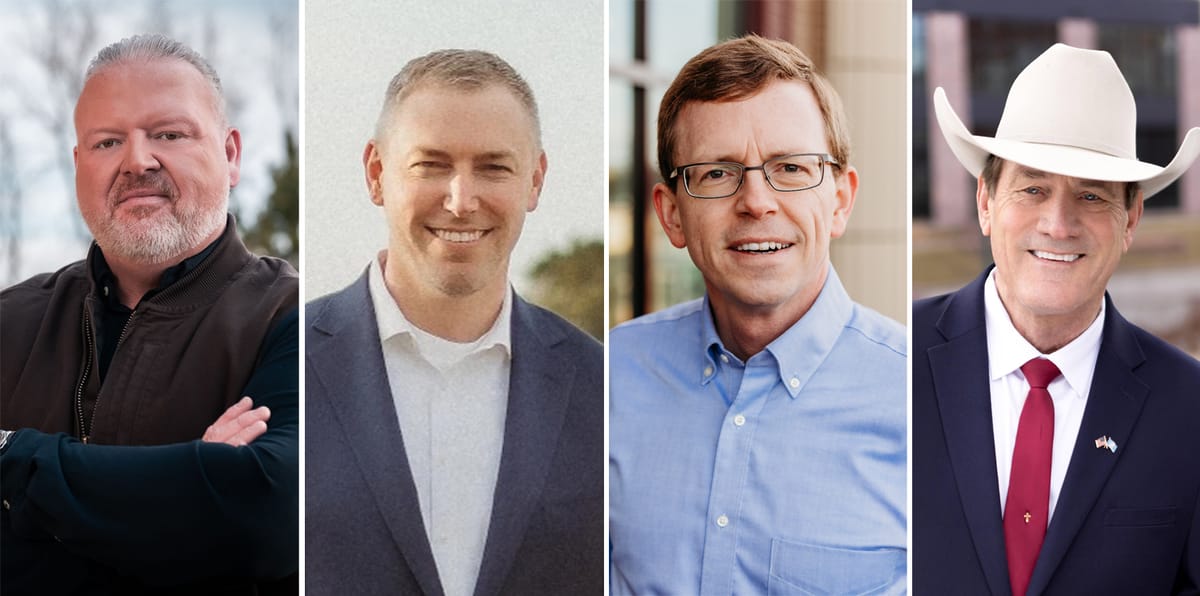
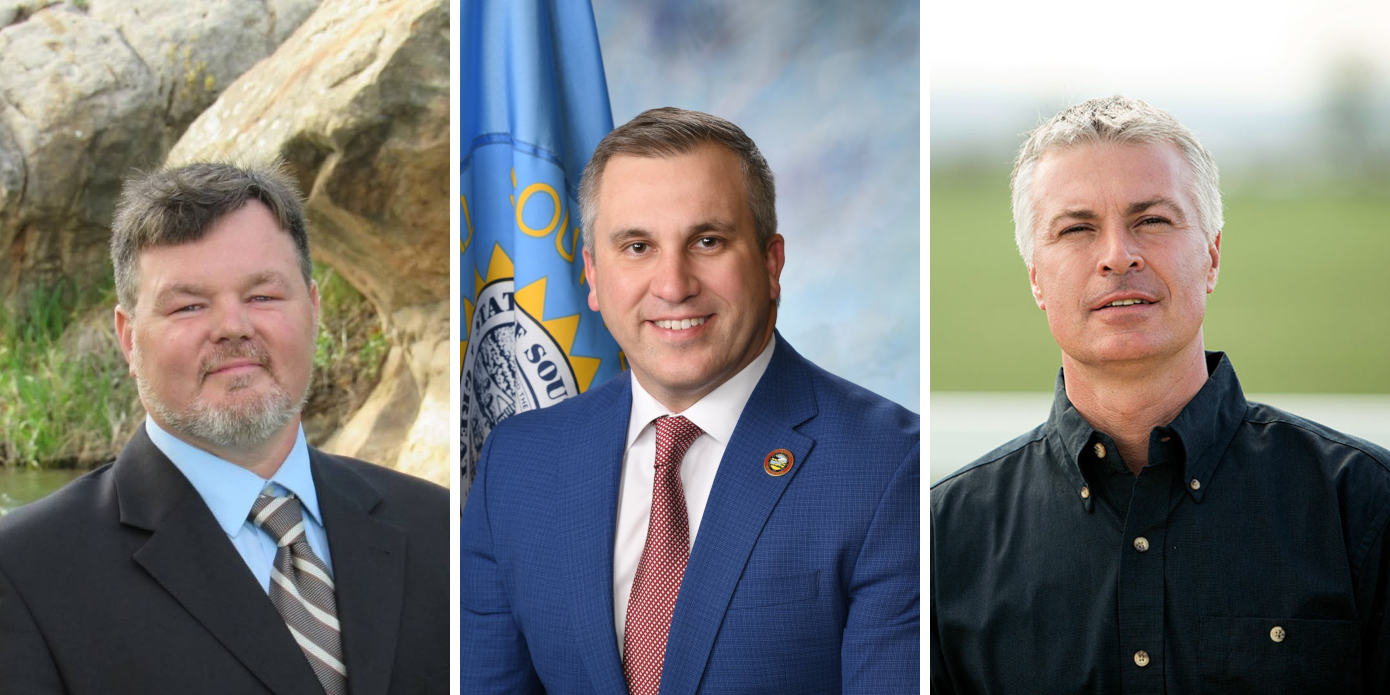
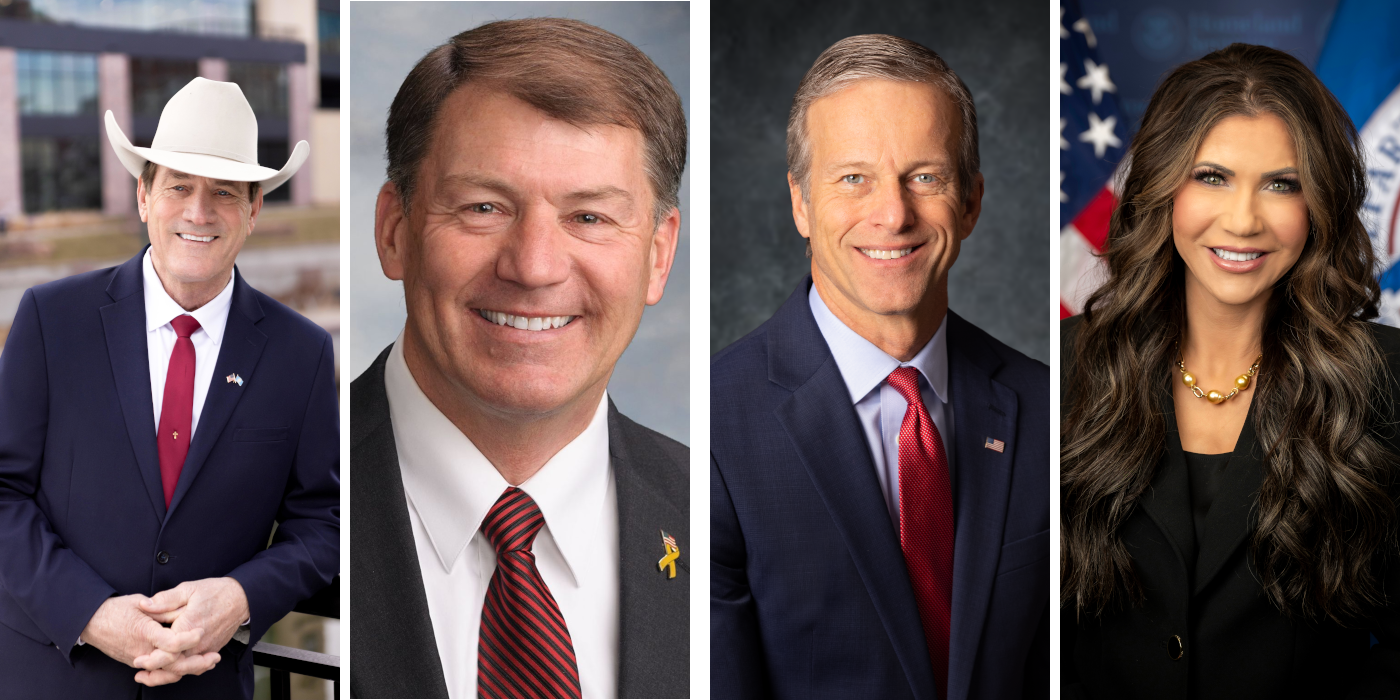
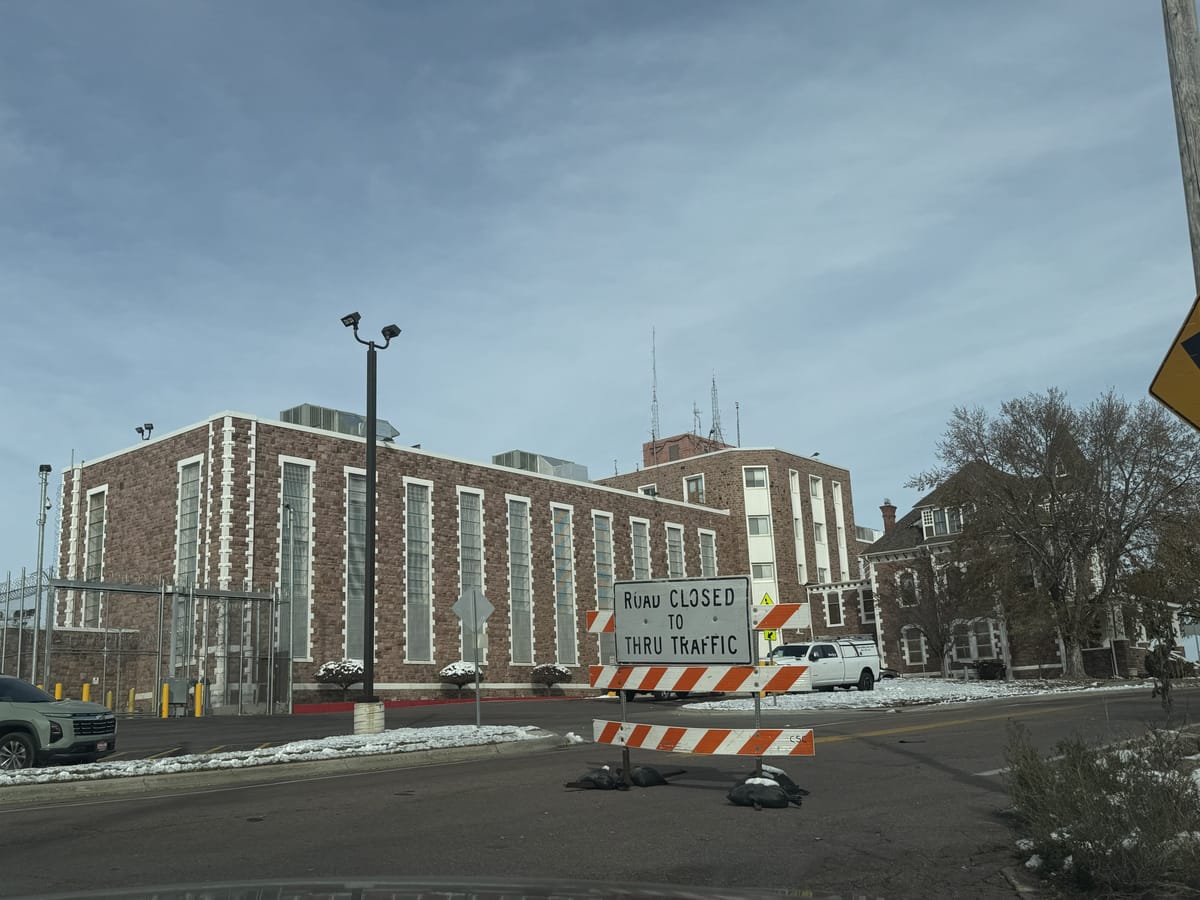

This story was produced by South Dakota News Watch, an independent, nonprofit organization. Read more stories and donate at sdnewswatch.org and sign up for an email to get stories when they're published. Contact statehouse investigative reporter Kevin Killough at kevin.killough@sdnewswatch.org.

